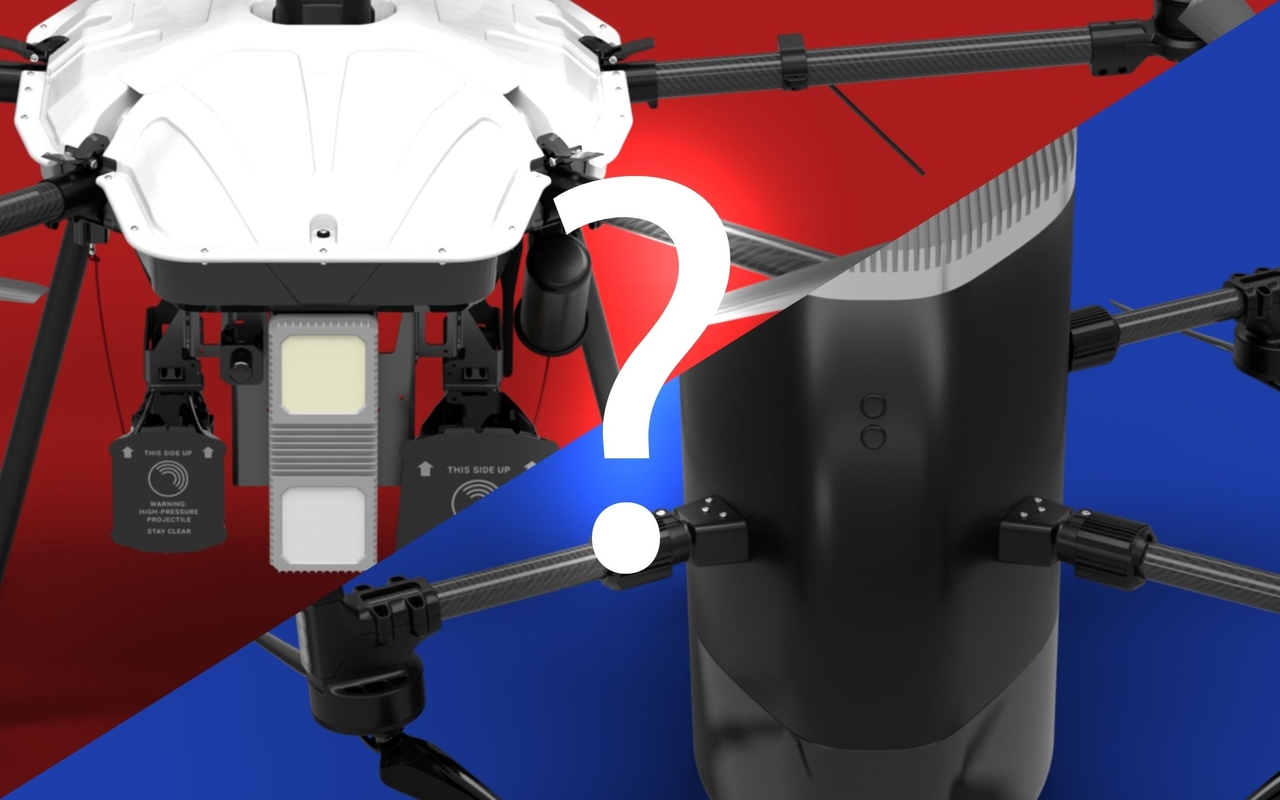
What Is a Drone Interceptor?
Whether it’s flown by a vile criminal, a crafty spy, or a careless hobbyist, when a rogue drone invades your airspace, you have a problem on your hands. So, how should you solve it? Lots of methods exist, ranging from RF locators and jammers to directed energy weapons like HPMs and lasers. Every approach has its advantages, but one device stands out as the smartest, safest, most universal solution: the drone interceptor.
This article is Part I of our “Drone Interceptors Versus” series, a resource for defense experts thinking about DroneHunter® interceptors or competing models for their counter-UAS strategy. In this series, we’ll objectively compare drone interceptors with other popular drone countermeasures. Let’s start by answering the question: what is a drone interceptor?
Intro to Drone Interceptors
Drone interceptors, also called interceptor drones or drone interdictors, are unique UAVs (unmanned aerial vehicles) that specialize in stopping other drones before they reach their goals. To accomplish this, an interceptor launches at a moment’s notice, covers a sizable distance quickly, outmaneuvers the opposing drone, and permanently subdues it.
Cutting-edge drone radar and AI software are needed to guide an interceptor to its prey and aim accurately, which is why interceptor drones are new arrivals to the C-UAS scene. But, even though the technology is recent, several interceptors are mission-ready and available now. Most fall into one of two categories.
Ramming Type
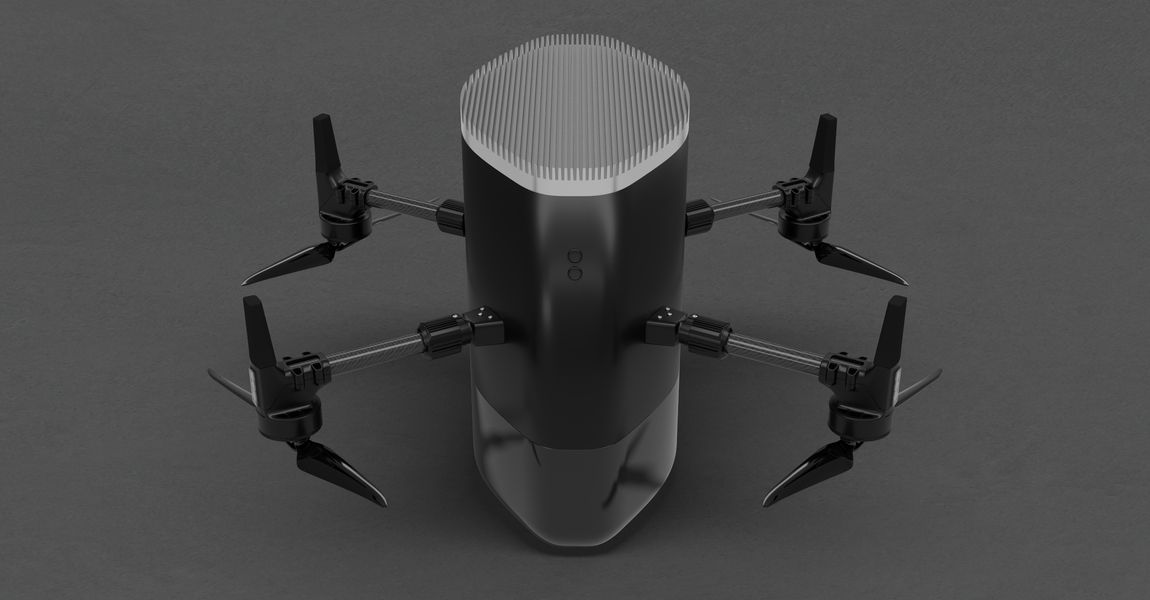 Above: A typical ramming-type interceptor drone pictured in a 3D rendering.
Above: A typical ramming-type interceptor drone pictured in a 3D rendering.
Essentially flying hammers, ramming interceptors remove invading craft using the oldest technique in the book — the aerial body slam. If the phrase “kamikaze drone” comes to mind, think again. Ramming interceptors are not single-use munitions, at least not by design. Though it’s difficult to believe, each unit is actually supposed to fly multiple times.
An interceptor of this type collides with its target at high speed, battering it with intense force. After the crash, the interceptor attempts to stabilize itself again. To carry out this brutal task, ramming interceptors need to be built like bricks. Typically, a hard collision point makes up the front or top of the airframe, while crucial parts like computers, radios, and the rotors are placed at the opposite end.
Having never seen one fly missions back-to-back, we’re skeptical about how durable ramming interceptors truly are. Yet, despite our assumptions, the leading manufacturers advertise survivability with surprising confidence. At any rate, ramming interceptors are crude compared to net-shooting drone interceptors, which allow more desirable outcomes.
Drone Net Type
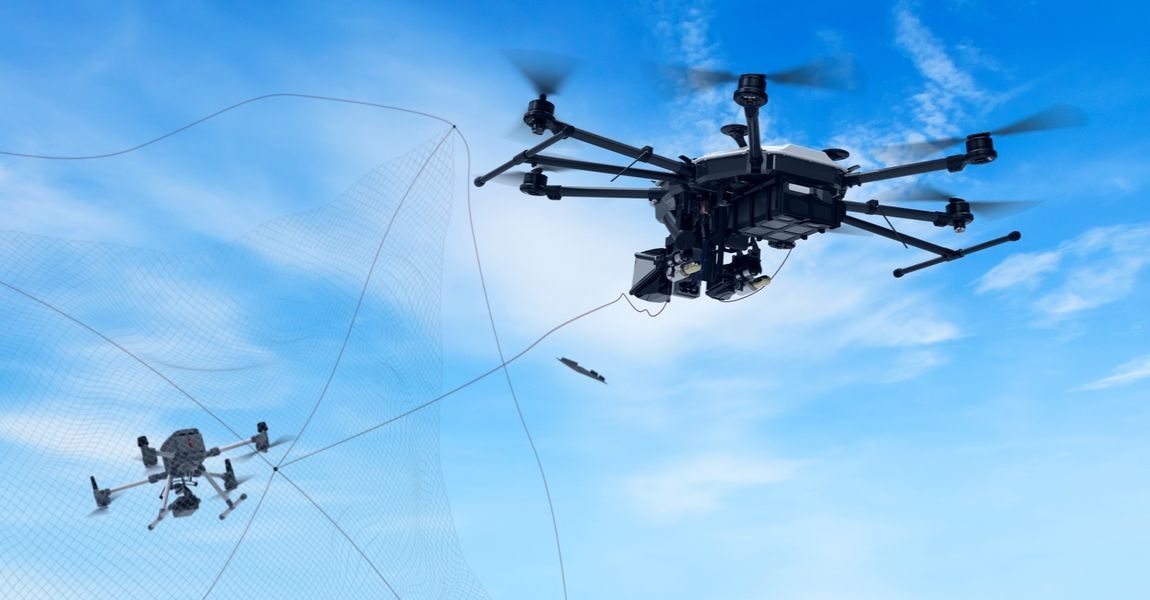 Above: A Fortem DroneHunter® F700 fires a net at a fleeing drone.
Above: A Fortem DroneHunter® F700 fires a net at a fleeing drone.
Instead of destroying targets, this style of drone interceptor excels at catching drones with nets, which is generally a better plan. By capturing it in the air, you can prevent an intruding drone from falling where it’s likely to hurt someone. This is very important if the drone is carrying explosives, as is often the case with drones flown by terrorists.
You also get to keep the captive drone, which you might want to do for a number of reasons. One is forensics. By retrieving a drone intact, you can learn much more about its origin and why it was trespassing in your airspace. Plugging into the drone can reveal its programmed flight path. Sometimes, it can even expose who the owner is. Items the drone was carrying may also help your investigation. Bombs, for example, can often be traced back to the bomb maker once disarmed.
Collecting a drone in one piece has benefits on the battlefield, too. After you’re finished data-mining it to glean your enemy’s tactics, you can re-deploy the drone as part of your own fleet. Such opportunities have arisen in Ukraine, where Fortem’s own DroneHunter® F700 is used to fight Russian UAVs.
Since they don’t collide with the target, and because they can fire nets larger than themselves, net-shooting drone interceptors are able to subdue a broader range of enemies than ramming interceptors. Using its DrogueNet™, a DroneHunter® F700 can take on the largest Group-2 UAVs, including fixed-wing airplanes like the Samad-3 and Orlan-10.
Note on Suicide Drones
Depending on who you ask, certain disposable craft, commonly called “suicide drones” or “kamikaze drones,” may also be regarded as interceptor drones. This is understandable, since many perform the same functions discussed above, using either brute force or nets to defeat other drones. But, being that they’re intended for one use only, they can just as easily be classified as guided projectiles. What separates a single-use drone from a guided missile? It’s hard to say. Some missiles are “smarter” than drones, while some suicide drones have warheads just like missiles do. Some are even used to strike ground targets, making the gray area even wider.
Here’s our take: interceptor drones serve the same purpose as interceptor planes. Historically, fighter-interceptors like the F-106 Delta Dart and F-14 Tomcat — known for intercepting enemy bombers — were never designed as “fire and forget” solutions. They were built to do the job and come back to do it again. As far as we’re concerned, a drone that fights other drones only deserves the title of “interceptor” if it can do the same. We think of suicide drones as guided munitions, not interceptors.
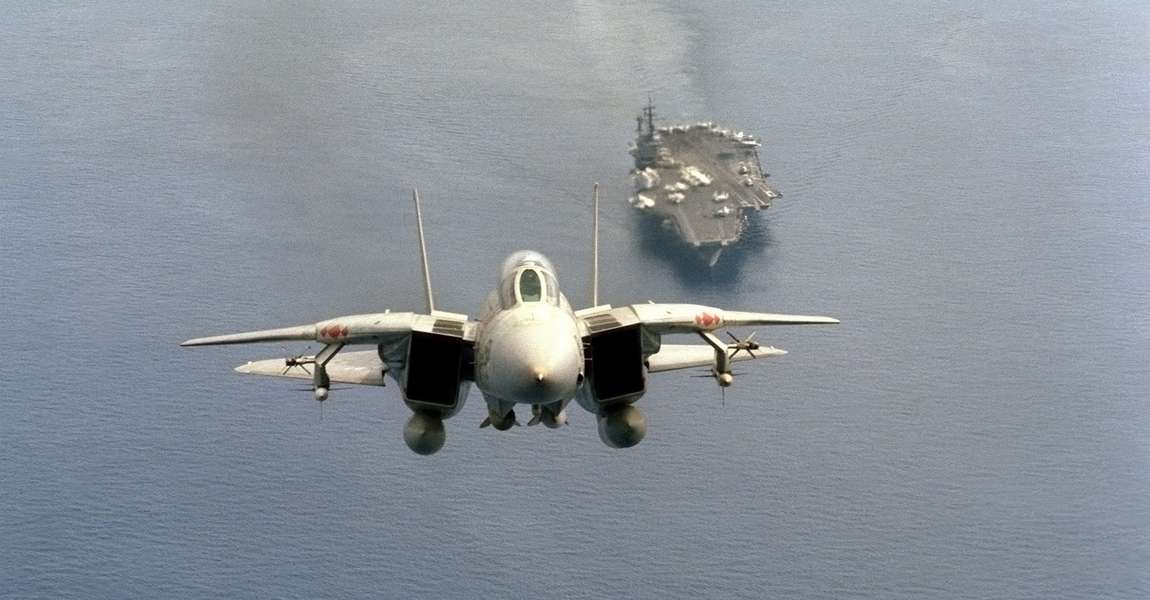 Above: Flown by the U.S. Navy from 1974 to 2006, the Grumman F-14 Tomcat was a fighter-interceptor designed to cut off Russian bombers and anti-ship missiles long before they could strike U.S. assets. Today, drone interceptors fill the same role, just on a smaller scale.
Above: Flown by the U.S. Navy from 1974 to 2006, the Grumman F-14 Tomcat was a fighter-interceptor designed to cut off Russian bombers and anti-ship missiles long before they could strike U.S. assets. Today, drone interceptors fill the same role, just on a smaller scale.
Key Advantages
Both types of interceptor drone have major advantages over other tools used for drone mitigation. Later articles in this series will dive into specifics, explaining how drone interceptors stack up to each of the alternatives. But, in case you want to weigh the pros and cons of interceptor drones right now, here’s a list of reasons to consider them.
Long Range and Autonomy
Range and readiness are among the worst limitations of other drone mitigators. Many devices, such as anti-drone jammer guns, have to be used within spitting distance of the target. To be clear, that isn’t a problem in and of itself. The problem is that they need to be carried by a human who can’t possibly reach the target fast enough, let alone aim at it with heroic precision.
Interceptor drones are far more practical because they’re far more mobile. They take flight instantly and race all the way to the edge of your detection dome, traveling at a constant speed and facing zero obstacles. They automatically adapt when a target changes direction and, if they happen to miss on the first try, they can chase the target until they succeed. It would take a miracle for ground personnel to match an interceptor’s efficiency. And it all happens at the furthest borders of your airspace, kilometers away from sensitive zones.
Cost and Reusability
The leading drone interceptor models cost about the same as a shoulder-fired missile. But, while missiles explode on contact, interceptor drones can be used dozens, if not hundreds, of times. Net-shooting drone interceptors can stay in service much longer than ramming types, as you might have guessed. Even so, both are amazingly economical. Costs of ammunition and maintenance also tend to be reasonable. At the time of writing, a DroneHunter® F700’s average mission only incurs an expense of 500 US dollars.
Collateral Damage and Safety
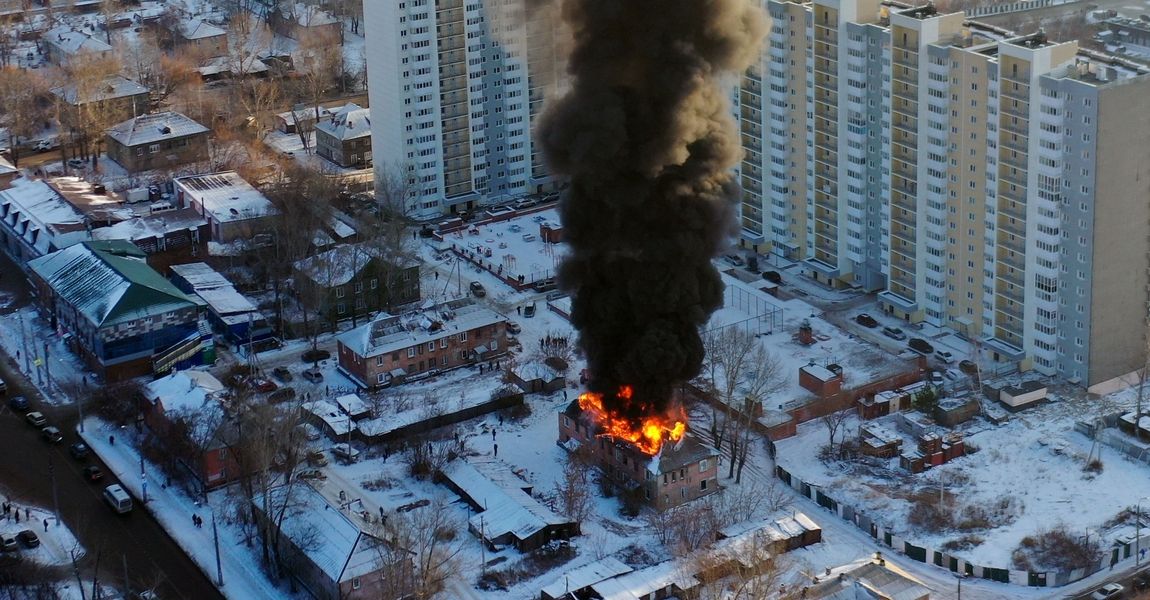 Above: Shooting down drones over populated areas can have dire consequences.
Above: Shooting down drones over populated areas can have dire consequences.
Avoiding collateral damage is easily one of the biggest talking points in counter-UAS. Most conversations revolve around preventing drones from falling where they might harm life or property. This is the most obvious risk in the business of removing drones, not to mention the most perilous. But it’s not the only risk.
Some drone countermeasures cause collateral damage in ways people forget to talk about. GPS jammers can interfere with navigation systems and lead drivers astray. Bullets fired at a drone can come down where you least expect, injuring pedestrians at a distance. And don’t even get us started on drone lasers. Those things can mess with passenger planes at 5,000 feet!
Drone interceptors are safer than other methods because they don’t introduce new risks. Even ramming interceptors — blunt instruments that really shouldn’t be used in urban environments — avoid all but one of these possibilities. Net interceptors take safety a gigantic step further, eliminating collateral damage almost entirely.
Versatility and Portability
Drone interceptors are versatile in that they can handle a wide variety of opposing drones. Other long-range mitigators, namely rockets and missiles, have been known to struggle with very small targets. By contrast, interceptors skillfully engage all kinds of drones, from store-bought toys to military attack UAVs. Interceptor drones also offer flexibility when it comes to deployment. They can be stored at vantage points for prompt protection of large areas, or they can be carried by ground troops and used for tactical drone warfare.
Which type is best?
The moral of the story here is that drone interceptors are the right tools for your counter-UAS strategy, regardless of their make or category. All drone interceptors offer tremendous benefits over other drone mitigation measures, no matter how they deal with targets. But, looking at the two types side by side, it isn’t hard to see that there’s a clear winner.
By catching drones intact, net-shooting drone interceptors open the door for more opportunities while leaving less of a mess. Ramming interceptors do have their uses. If you’re fighting a war in a vacant area, then they’re a solid choice. At the same time, you could be capturing your foes’ drones instead of smashing them, meaning net interceptors are still preferable.
Closing
As net interceptors represent the best of what drone interceptors have to offer, upcoming articles in our “Drone Interceptors Versus” series will only focus on them. Keep an eye out for the next one, which will pit the leading drone interceptors against the world’s best RF and GPS jammers.
Already sold on drone interceptors? Got complex questions? Don’t hesitate to get in touch with us! At Fortem Technologies, we pride ourselves on being a foremost provider of superior C-UAS solutions.


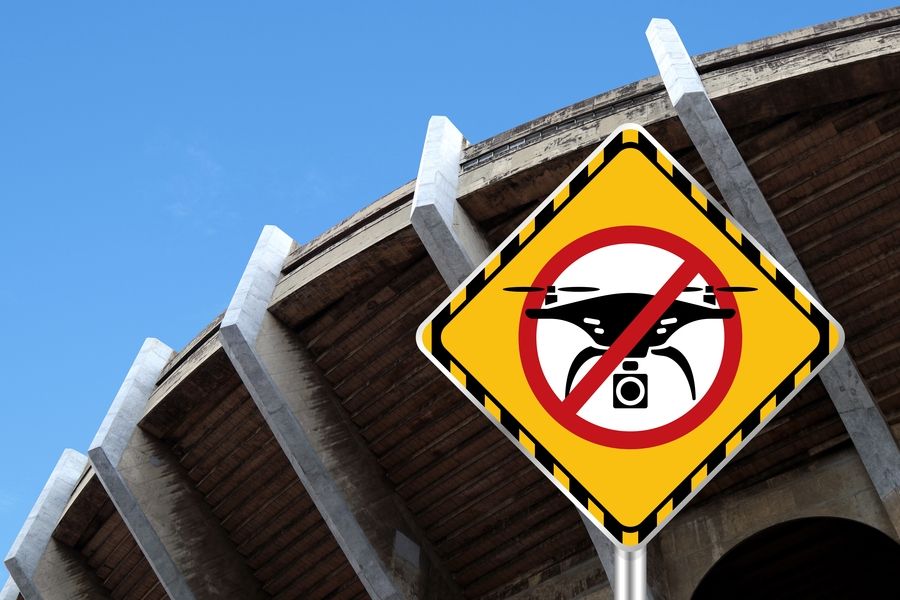

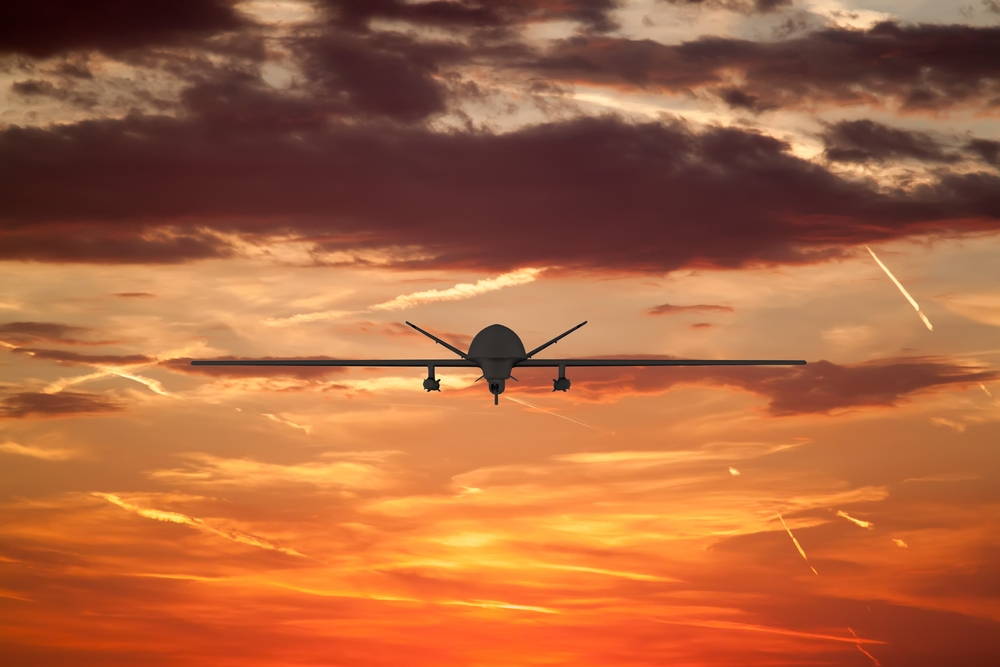

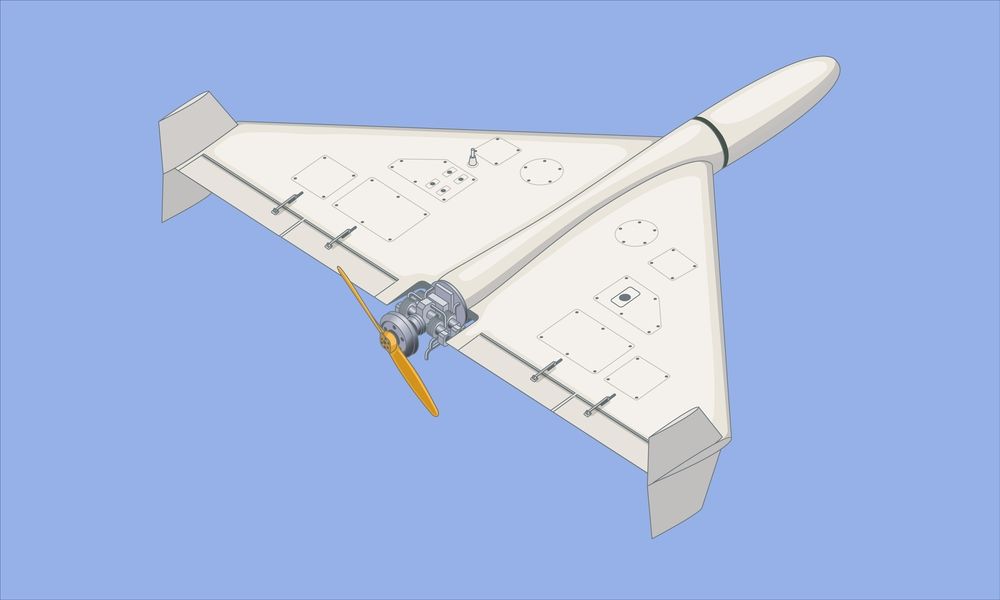
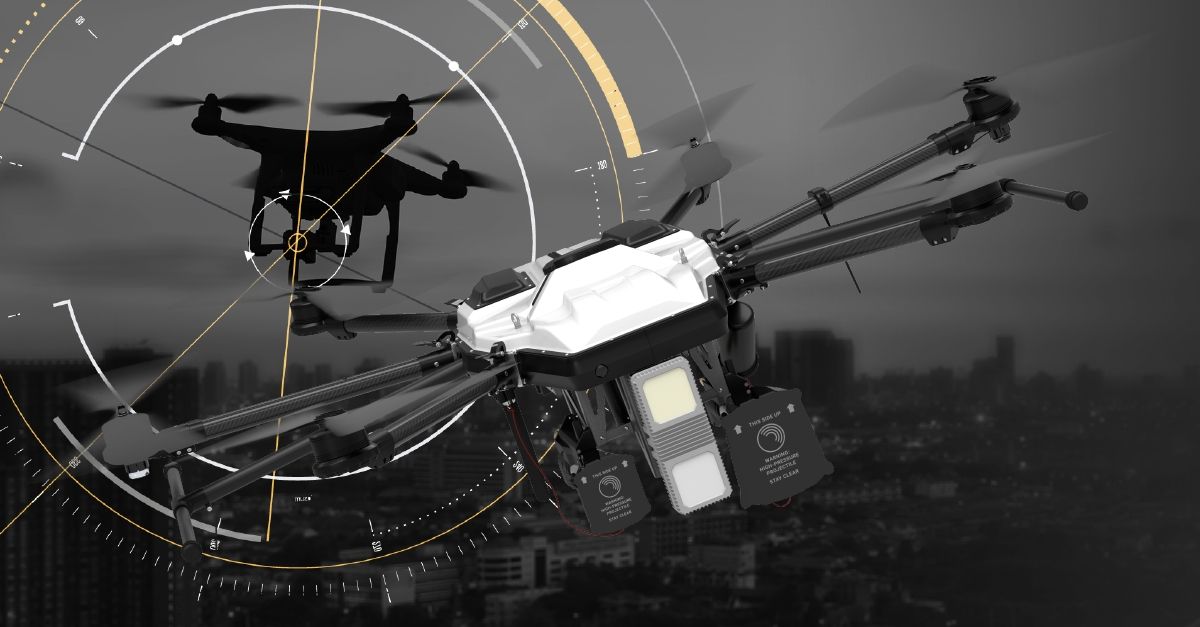
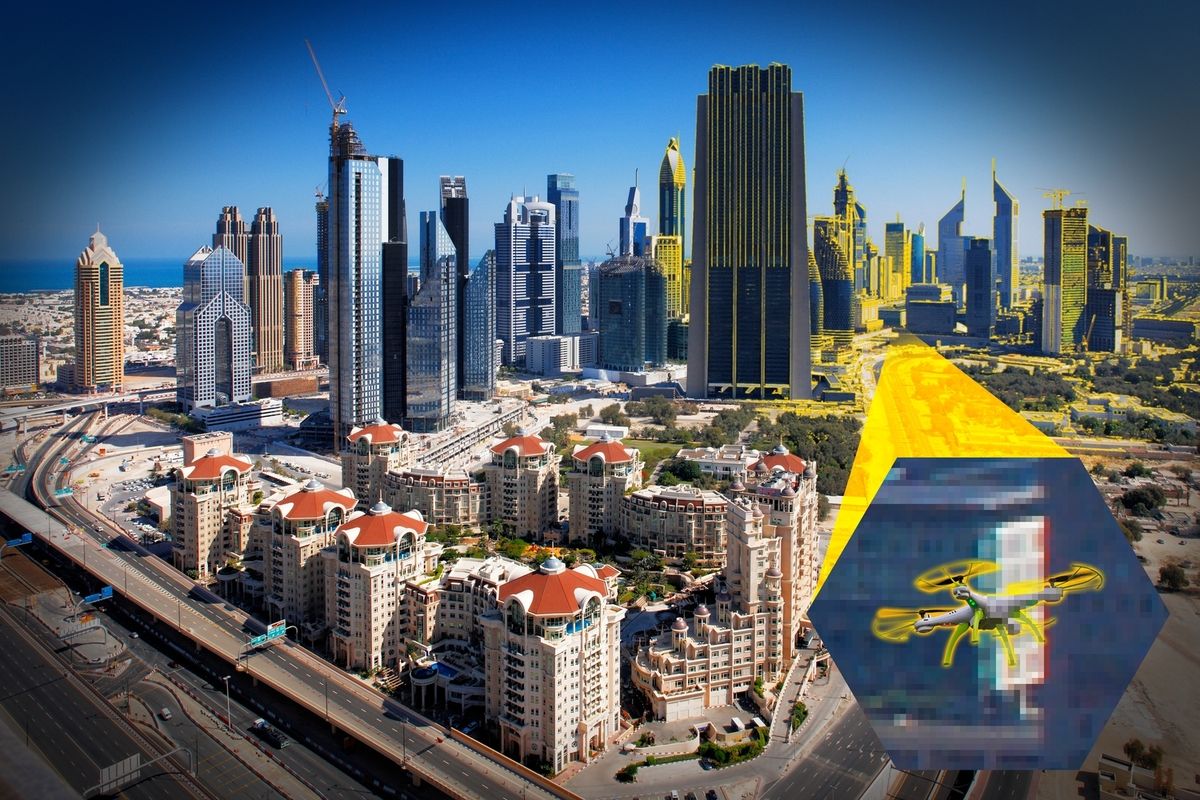

Related posts